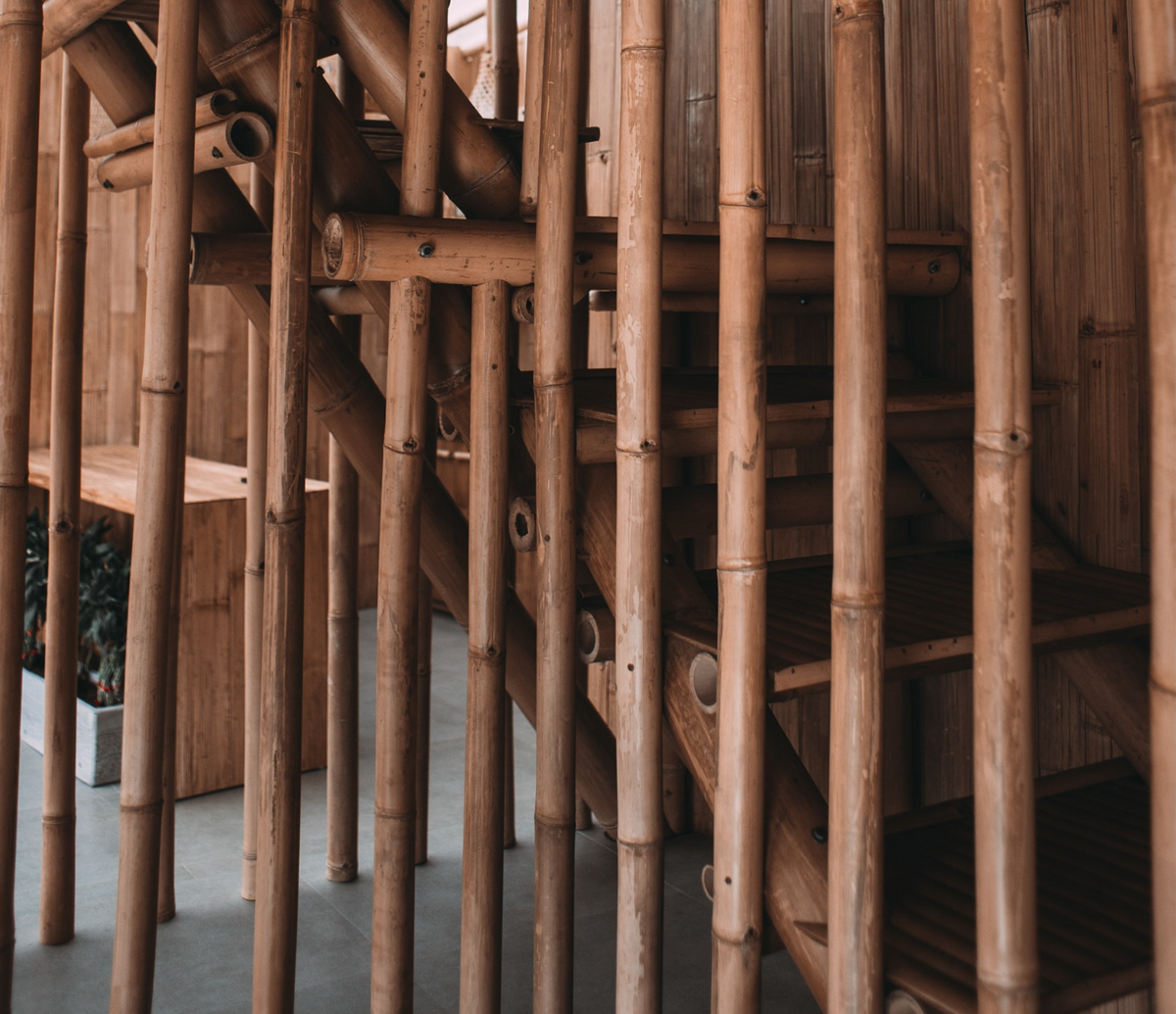04 October 20222 min read
Sustainability and architecture, what do future generations think?
Charlotte Murray

Facts, figures and overcomplicated words. We talk about sustainability all the time but considering the implications can be overwhelming. So, what is sustainability and, looking beyond the buzzwords, what can architects actually do to help?
Sustainability is commonly known as the avoidance of the depletion of natural resources to maintain an ecological balance.
The construction industry has a huge overall contribution to annual carbon emissions. When the national climate emergency was declared in 2019, it was recorded that the construction industry was responsible for over 38% of CO2 emissions worldwide. As a result, sustainability is now found in architectural education programmes throughout the world. It has become an architect's responsibility to reduce emissions throughout the entire lifespan of a building from the initial concept to the realisation of the design and beyond.
A study gathered from three higher education institutions in Austria, New Zealand, and the United States found that an average of 78% of students from all levels of their education thought of sustainability to be very important to their education as architects and a “critical aspect” to design.

The construction industry is responsible for over 38% of CO2 emissions worldwide — it has become an architect's responsibility to reduce emissions throughout the entire lifespan of a building.

Designing and building a greener future
Having started my studies in architecture in 2019, I haven't experienced architecture where sustainability was not at the forefront of the design process. Implications of a design which is not sustainable are instilled in us from our very first project at university. But we must first understand: Why we are designing this way? Why are we turning to sustainability now? Why is the whole world changing its ways of practice?
After an unprecedented rise in the rate of climate change — which can be traced to the release of man-made carbon — scientific evidence for global warming is undeniable. The buzz of numbers and scientific evidence has become too loud to ignore any longer. We must find a way to live and create without such a destructive impact on the world before it is too late. As a future architect — working in an industry responsible for a fair share of global emissions — I believe designing and building must become greener.


We design our buildings to last, so we should ensure the same for our planet.

Towards a sustainable mindset
There are many ways in which sustainability is incorporated in architecture with an array of solutions for each problem. However, it doesn't have to be over complicated:
- Making considered choices — this can range from something as simple as selecting appropriate materials used or as complex as an in-depth study of the proposed building's energy generation and consumption
- Finding ways to take advantage of the natural elements, as well as being inclusive of innovative construction methods
- Creating architecture which limits its impact on the surrounding environment remains the ongoing goal
Much of the time, reluctance to address sustainability can be reduced to the issue of cost. Traditional wisdom suggests that the more sustainable a building is, the more expensive it is. This is often coupled with the fact that designing a building which is more considerate of the environment is often more time-consuming. However, when seen in the long run, it can prove to be more efficient, both in terms of energy and cost.
As one person it can be easy to feel small and insignificant to a problem on such a global scale. However, this does not mean we are unable to contribute to the solution. Simply having an awareness of the world around us and the issues faced will lead to more considered and thoughtful decision-making, which will over time become intuition.
The world is ever-changing, and we as architects must take on the responsibility to evolve with it. We design our buildings to last, so we should ensure the same for our planet.
Charlotte is our Part I Architectural Assistant; she’s currently pursuing her studies at the University of Strathclyde.
BREEAM rated projects

citizenM London Victoria
A partnership intent on reinventing hospitality, the start of our journey with citizenM

Marriott Tribute Edinburgh
Transforming a department store, revitalising the high street

